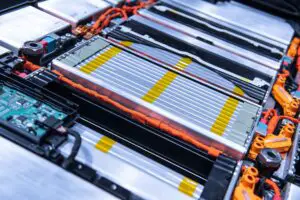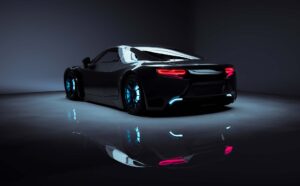Embark on a journey through time with the Toyota Corolla. Born from humble beginnings, this compact marvel raced to the top of global best-sellers, a position it guards to this day. Let’s dive into the remarkable history of the Toyota Corolla and the way it changed the world.
Introduced back in 1966, this iconic model revolutionized the compact car category with its quality, affordability, and performance. Over the years, it’s evolved to meet changing market needs. Toyota’s reliability and technological advancements became a symbol of a good car for every driver. The Corolla’s future will likely see continued sustainability efforts. Extending to fully electric options and further advancements in autonomous driving tech.
The Genesis of the Toyota Corolla
It was in the year 1966 that the world was first introduced to this now-iconic Toyota compact vehicle. The name wasn’t just a random pick from the dictionary – it was a deliberate choice. In line with Toyota’s tradition of using names derived from their flagship model, the ‘Corolla,’ which translates to ‘small crown’ in Latin, got its name from the brand’s popular sedan, the Crown.
At its inception, the four-wheeler represented a fresh wave of thought and design. Toyota’s engineers worked tirelessly to conceive a vehicle that embodied resilience, reliability, and affordability. It was created to meet the needs of the everyday consumer in an era when owning a car was increasingly becoming a necessity rather than a luxury.
The Car Was Designed to Cater to the Needs of the Blossoming Middle Class
This model was conceptualized as a people’s car. A machine that could be a reliable partner in people’s lives. It was about designing a vehicle that could cater to the ever-growing middle class, a car that combined comfort, durability, and affordability.
The objectives were clear – to produce a high-quality, economically viable vehicle that could stand the test of time and trends. As we delve deeper into the Corolla’s journey through the decades, it’s clear that Toyota’s vision was spot on. Setting the four-wheeler on a path of relentless dominance.

The Early Years (1966-1970)
As mentioned, in 1966, the automotive world witnessed the debut of the first generation. Despite its compact design, it made a grand entrance, leaving an indelible mark on the industry. The Corolla’s market reception was phenomenal, immediately striking a chord with consumers looking for a reliable, affordable, and well-engineered vehicle.
Within this epoch, the brand also introduced the Sprinter, a model mechanically identical to the Corolla but offering a sportier, more stylish exterior. Released in 1968, these automotive twins laid the foundation for Toyota’s dominance in the global market, setting a strong precedent for future generations.
What Were the Unique Features That Set It Apart From the Rest?
Even in its first generation, this four-wheeler stood out from its competitors with its attention to detail and commitment to delivering top-tier features at an affordable price point. Here are some features that set it apart from the rest:
- Robust 1100cc K pushrod engine – the engine was efficient, responsive, and powerful, offering a level of performance that was uncommon in compact cars of its time,
- Four-link rear suspension system – also rarely seen in compact cars of that era, this advanced setup offered a smooth ride, impressive handling, and excellent comfort,
- Low center of gravity – coupled with its unique rear suspension, the Corolla’s low center of gravity contributed to its stability and handling,
- Affordable luxury – offering top-tier features at an accessible price point helped break the stereotype that luxury and affordability could not coexist in the automotive world,
- Fuel efficiency – even in its early years, the car was designed with an eye toward fuel efficiency, a factor that has only grown in importance in today’s eco-conscious world.

Toyota Corolla Evolution Through the ‘70s and ‘80s
As the 1970s dawned, this four-wheeler continued to cement its position as a popular choice of an average driver. Corolla’s popularity skyrocketed. By 1974, less than a decade after its inception, it had become the best-selling vehicle worldwide. Not just in the category of imported cars. This rapid ascension to the top was a testament to the car’s unparalleled quality, affordable pricing, and knack for meeting consumer needs with unerring precision.
The ’80s were no different – the model continued its reign, adapting to market trends and customer demands. It became a common sight on the famous routes in the US, a household name synonymous with reliability and value for money.
What Were Key Design and Technical Changes Introduced?
In 1974, the third generation of the model was introduced, which notably included a more spacious interior and an increase in engine size to meet demands for more powerful, family-friendly vehicles. That’s exactly what brought the four-wheeler to the forefront of the market and earned its title as the best-selling vehicle at the time.
The Corolla’s fifth-generation model launched in 1983, introducing front-wheel drive (FWD), a revolutionary change in line with global trends and car evolution. This feature improved fuel efficiency and interior space, making the four-wheeler an even more attractive proposition to its target market.
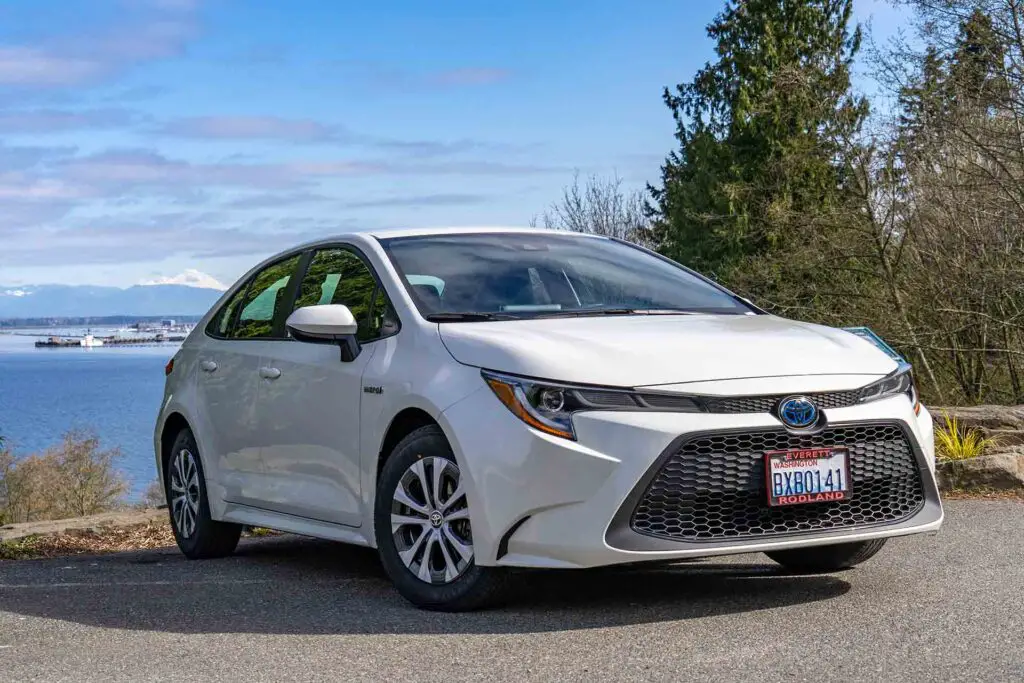
The Corolla in the Modern Era (‘90s to Present)
As the world stepped into the ’90 and beyond, this iconic vehicle continued to be a force to reckon with. This brand-new era saw the Corolla further solidifying its reputation as a reliable, durable, and efficient vehicle, standing the test of time in an increasingly competitive and fast-evolving automobile industry.
In 1997, the model earned the world’s best-selling nameplate again, outpacing the Volkswagen Beetle. As for more recent recognition, in 2020, the Corolla was named Green Car Journal’s ‘Green Car of the Year,’ acknowledging the strides Toyota had made in environmental sustainability.
Major Corolla Design Changes, Improvements in Technology and Safety
Design-wise, this vehicle progressively adopted a more refined, sleek, and modern aesthetic. The boxy edges of the earlier models were replaced with aerodynamically efficient curves and lines. The interior also saw upgrades, with improved comfort and advanced infotainment systems becoming standard.
On the technology front, the launch of the hybrid version in 2020 was a clear signal of Toyota’s commitment to creating sustainable, eco-friendly vehicles without compromising performance or comfort. Moreover, Corolla safety features were significantly enhanced in this era. Toyota’s Safety Sense, a suite of advanced technologies, became a standard offering in recent Corolla models.
Here are the specifications of the brand-new 2024 model year:
| Category | 2024 Model Year |
| Engine Type | 1.5L 3-cylinder, 1.8L 4-cylinder hybrid, 2L 4-cylinder |
| Horsepower | 168 hp at 6,600 rpm |
| Torque | 151 lb/ft at 4,800 rpm |
| Drivetrain | CVT |
| Transmission | FWD, AWD |
| Fuel Efficiency | 47/41/44 MPG |
Throughout its evolution, it’s clear that this model has managed to stay relevant and ahead of the curve. This is done by continually reinventing itself. Consistently offering value and quality. Showing an unwavering commitment to meeting customer needs and expectations.
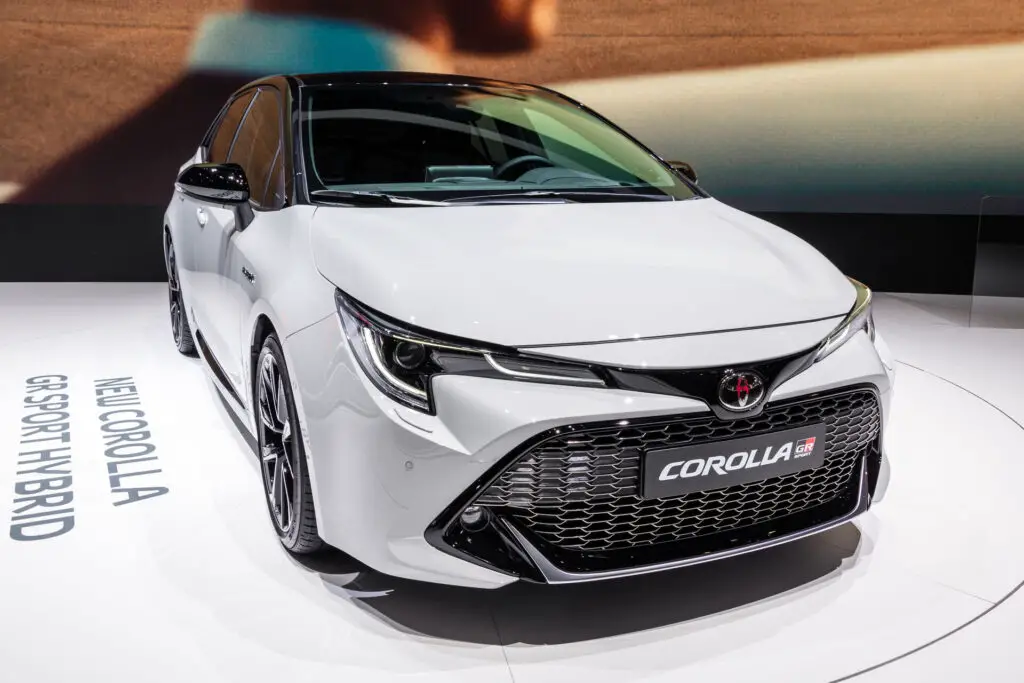
What Is Corolla’s Global Impact and Its Influence on the Auto Industry?
It’s pretty clear by now – Corolla’s influence on the automobile industry cannot be overstated. From its inception, it was more than just another compact car. It was a symbol of reliable, affordable, and high-quality motoring. It changed the industry’s landscape by proving that compact cars could offer more than just economy and practicality. They could deliver performance, comfort, and advanced technology, too.
Moreover, the Corolla’s success has spurred competition in the compact car segment, driving other manufacturers to continuously innovate and improve their offerings. Today, this four-wheeler continues to lead the way, pushing boundaries and setting new benchmarks in the industry. Its enduring legacy serves as a testament to Toyota’s commitment to quality, innovation, and customer satisfaction.

What Can We Expect From Toyota Corolla in the Future?
One of the major trends we can anticipate is a continued focus on sustainability and environmental responsibility. With Toyota’s commitment to reducing carbon emissions and the successful introduction of the Corolla Hybrid, it’s likely that future models will continue to embrace hybrid technology and possibly even explore fully electric options.
Furthermore, as the field of autonomous driving technology develops, it’s plausible that future models will feature more advanced driver-assist systems or even fully autonomous driving capabilities. Toyota has already shown its dedication to this area with the incorporation of Toyota Safety Sense features, and we can expect this trend to continue.
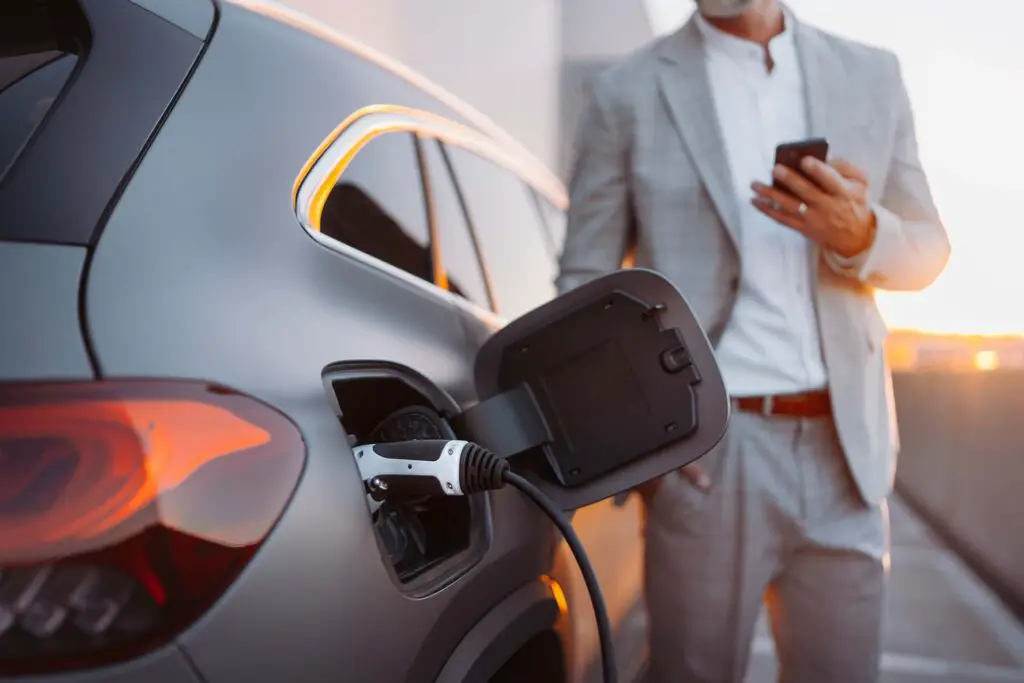
Look Into the History of Toyota Corolla and You’ll Love the Vehicle Even More
As we’ve journeyed through the history of the Toyota Corolla in America, it’s easy to see why this four-wheeler has captivated hearts worldwide. Whether you’re a car enthusiast, a dedicated owner, or someone simply interested in the world of automobiles, diving deep into the Corolla’s past only amplifies respect for this vehicle. Undoubtedly, its crown will continue to shine for Corolla generations to come.
FAQs
When Was the Toyota Corolla First Introduced?
The Toyota Corolla was first introduced in 1966. It quickly became a favorite among consumers, climbing to the top of the global sales charts by 1974.
What Has Made the Toyota Corolla So Popular Worldwide?
The Corolla’s worldwide popularity is due to its reputation for reliability, affordability, and quality. Its various models over the years have consistently met or exceeded customer expectations in terms of performance, comfort, and technological advancements.
How Has the Toyota Corolla Changed Over the Years?
Over the years, the Toyota Corolla has evolved in response to changing market needs, with improvements in design, technology, and safety features. From its initial boxy design, it has transformed into a sleek, modern vehicle equipped with the latest technologies and safety systems.
How Did the Toyota Corolla Impact the Compact Car Segment?
The Corolla significantly shaped the compact car segment by proving that these vehicles could offer more than just practicality and economy. It sets industry standards for comfort, safety, performance, and technological innovation, driving other manufacturers to improve their offerings.
What Future Developments Can We Expect in the Toyota Corolla?
In the future, we can expect the Toyota Corolla to continue embracing sustainability with the potential for more hybrid or fully electric options. We can also anticipate advancements in autonomous driving technology, as well as continuous improvements in design, comfort, and safety features.
How Has the Toyota Corolla Responded to Environmental Concerns Over the Years?
In response to environmental concerns, the Toyota Corolla has made significant strides in improving fuel efficiency and reducing carbon emissions. This commitment to sustainability culminated in the launch of the hybrid version in 2020, demonstrating Toyota’s commitment to eco-friendly vehicle solutions.



